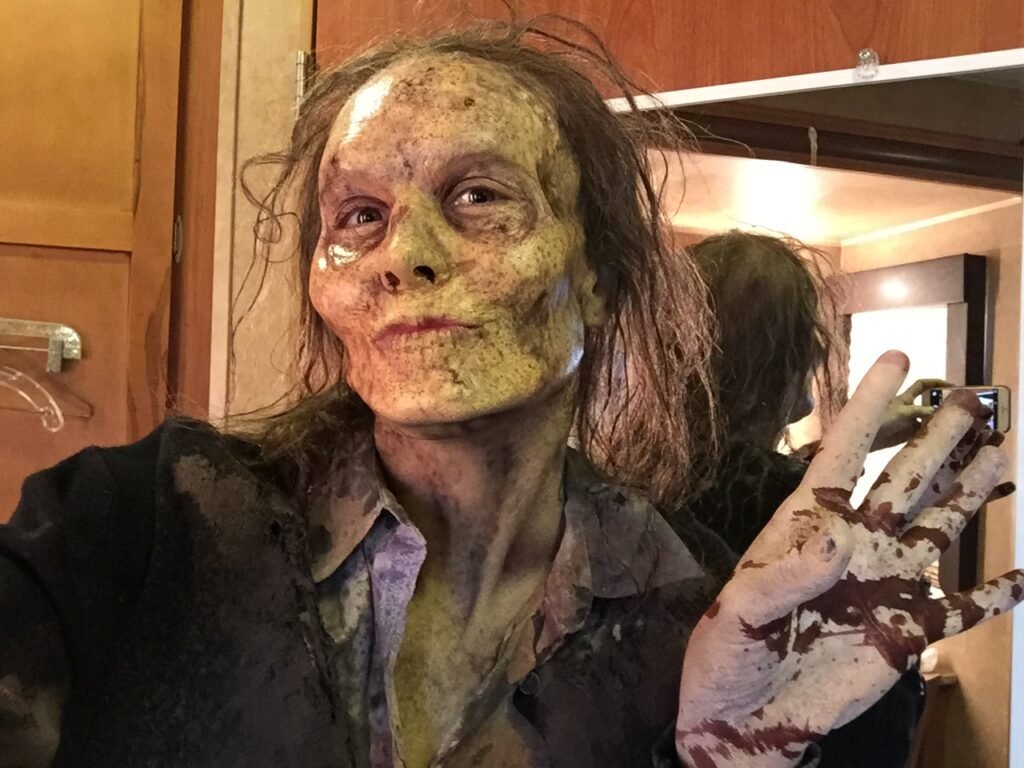
Everyone has their own unique story about how they got into stunts. But one thing we all have in common: we knew someone.
Most stunt people were gymnasts, professional Martial Artists or Pro Drivers (motorcycles etc) but for me, I was just an athlete. As a kid growing up, I was an all-around athlete. I played every sport except water polo, although soccer was my main focus. I wanted to be better than all the guys. I challenged them in every sport I could, and if I wasn’t as good as them, I practiced until I was better. I lived and breathed sports. I would get in trouble for jumping off school rooftops on my skateboard or trespassing because the skating spots were too good to resist. Grinding on curbs and park benches, learning new tricks all around Burbank—I was unstoppable. I would even daydream about strategies for how I would jump and land on my feet if I were to get hit by a car. I was constantly getting in trouble.
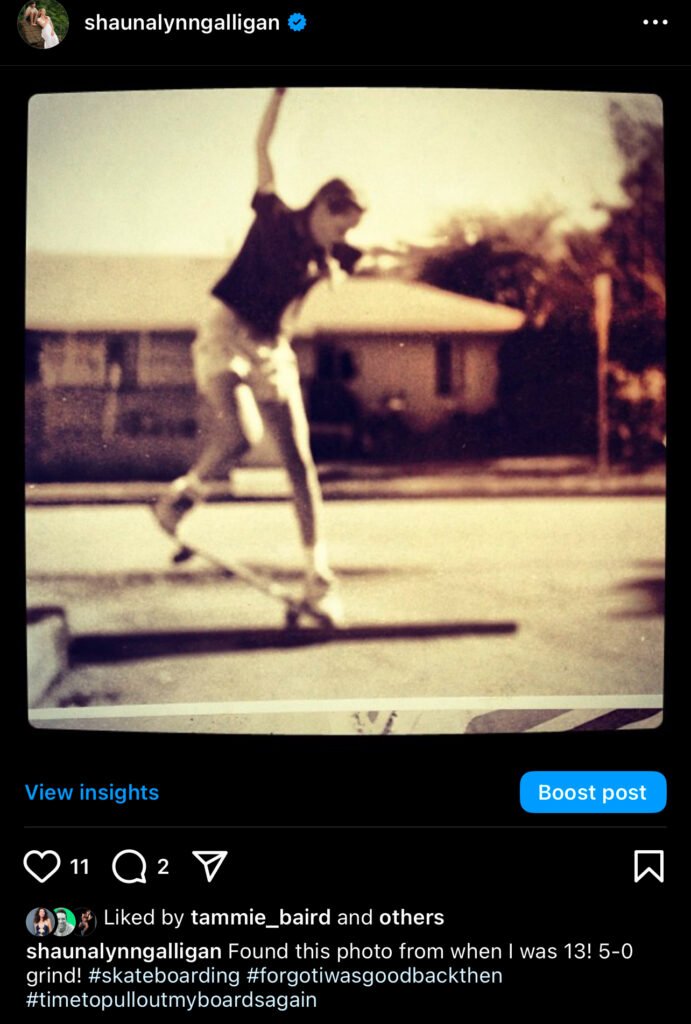
(Marking up the streets in Burbank, CA)

Growing up, I didn’t know what a stuntwoman was. I didn’t even hear the term until 2008.
That year, I was covering for a fellow medic on a TV show shooting in San Diego. As a set medic, you’re the person responsible for helping if someone gets injured or sick. The show I was on didn’t have any action, and no one ever got seriously hurt or sick—just the occasional headache. Basically, I was a highly paid aspirin dealer.
As a set medic, you’re the first to arrive and the last to leave, which meant 18–20-hour days, 5–6 days a week, for 4–6 months. Little sleep and bored to tears, I started bringing things to work to entertain myself—my soccer ball, skateboard, and a lot of action movies. It was a great show to work on because the locations across San Diego were spectacular. From the beaches to multimillion-dollar mansions, I found many epic places to skate.
I’ll be honest: I was probably the worst set medic in the history of set medics. Skateboarding? Terrible set etiquette. I’d even look forward to when the catering crew was done serving so I could kick the soccer ball around with them. I was a 25-year-old acting like a 10-year-old. I just wanted to play and make money—was that too much to ask? HA!
One day, a producer came up to me while I was skating near the next stage. He asked, “If you get hurt, who’s going to take care of us?” I said, “Don’t worry. I’ve been doing this my whole life.”
He just rolled his eyes and walked away.
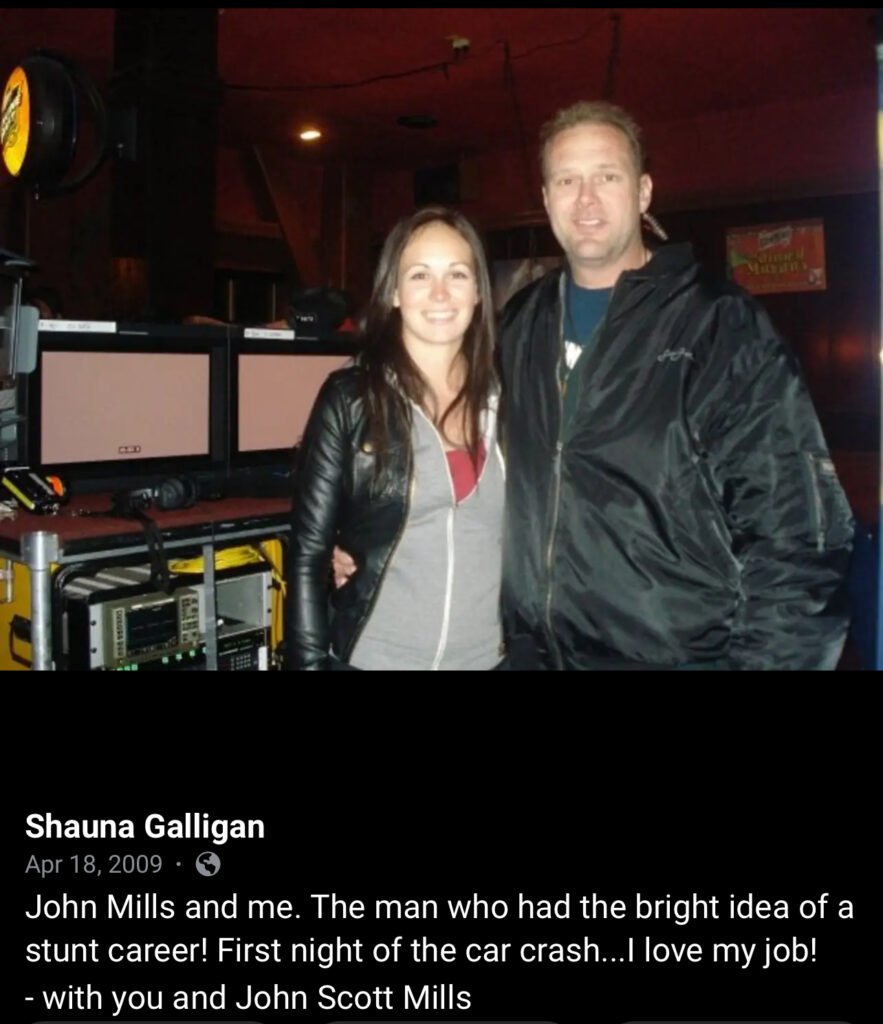
John Mills and I on my first stunt job in 2009, San Fransisco
A friend of mine, John Mills, who worked as the DIT on set, called me over to his monitors and said he wanted to show me something. It was a stuntwoman’s YouTube reel. She was running on a cliff and jumped off onto a moving truck. I COULDN’T BELIEVE MY EYES! Chills ran through my entire body. I felt it in my bones—this was what I was meant to do.
One thing led to another, and I moved back to Los Angeles, where I was born. Friends I’d made on the TV show introduced me to stunt coordinators and connected me with other stunt performers who helped me get into training spaces. I was taught how to “hustle.”
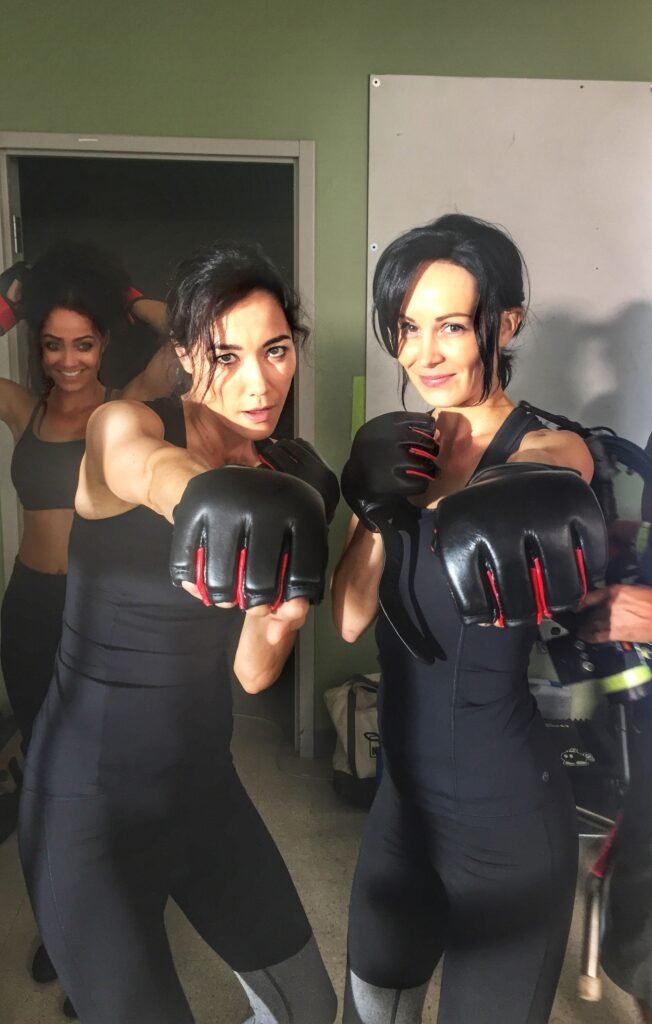
Back then, hustling meant driving around Los Angeles, looking for the yellow production signs and following them to base camp. Once there, you’d ask for the stunt coordinator and awkwardly hand them your headshot and resume, hoping to get hired. It was the worst part of the job. Thankfully, the process has changed for new stunt performers now.

I quickly became friends with a handful of stunt people and started training eight days a week, 30 hours a day (or at least that’s how it felt). I learned gymnastics, trampoline, high falls, fire burns, Russian swing (old-school stunts!), and martial arts.
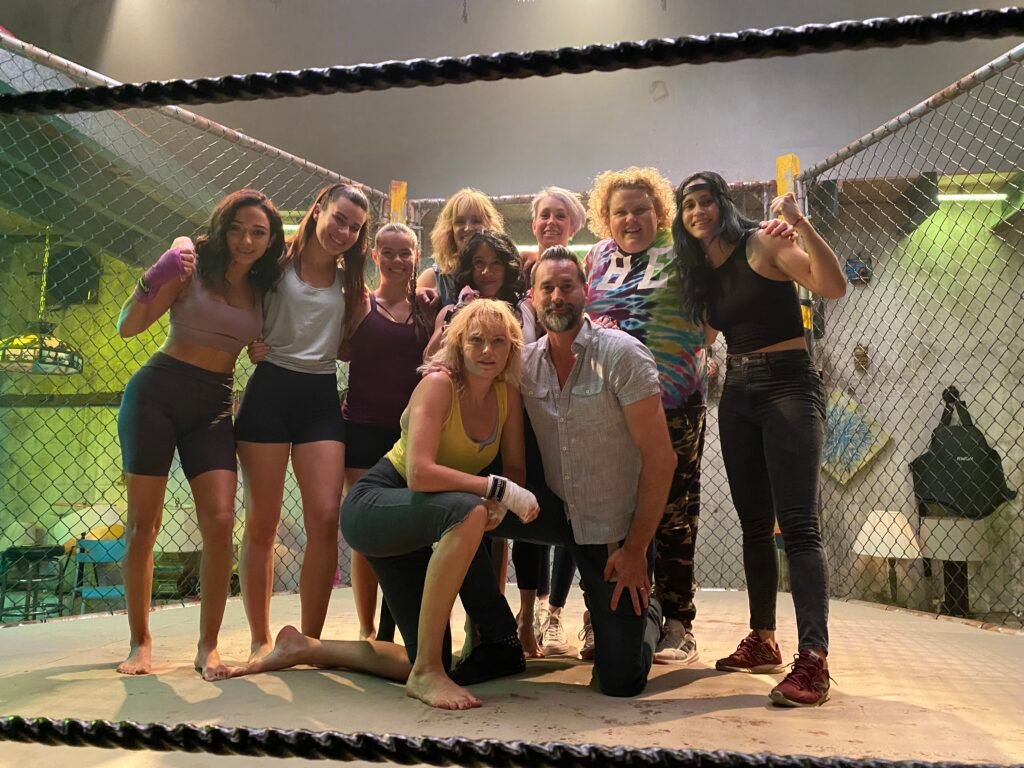
I got into stunts at 26, which is considered late for a stunt performer. But because I’m on the taller side at 5’9”, I was able to get work more quickly than most. At the time, there were maybe 3–4 other stuntwomen in Los Angeles my height, so the pool for jobs requiring someone taller was much smaller. Most stunt performers were shorter—around 5’4” to 5’6”—which meant more competition for them. I felt lucky to be on the taller side.

In 2019, I stunt-coordinated my first movie, Chick Fight. Since then, I’ve coordinated four more films.
By 2023, I decided to step away from stunts, at least for a while. I was tired—physically, mentally, and emotionally. I had traveled all over the world, often leaving my son behind with my mom or sister. My body had endured countless injuries that will last a lifetime. I needed rest, and I needed time with my son. After working on over 100 movies and TV shows in 14 years, I felt I could walk away proud, with incredible stories to share for a lifetime. Once a stuntwoman, always a stuntwoman.
Kol3ktor says:
Your writing carries a quiet power, subtly shaping the way you see the world.